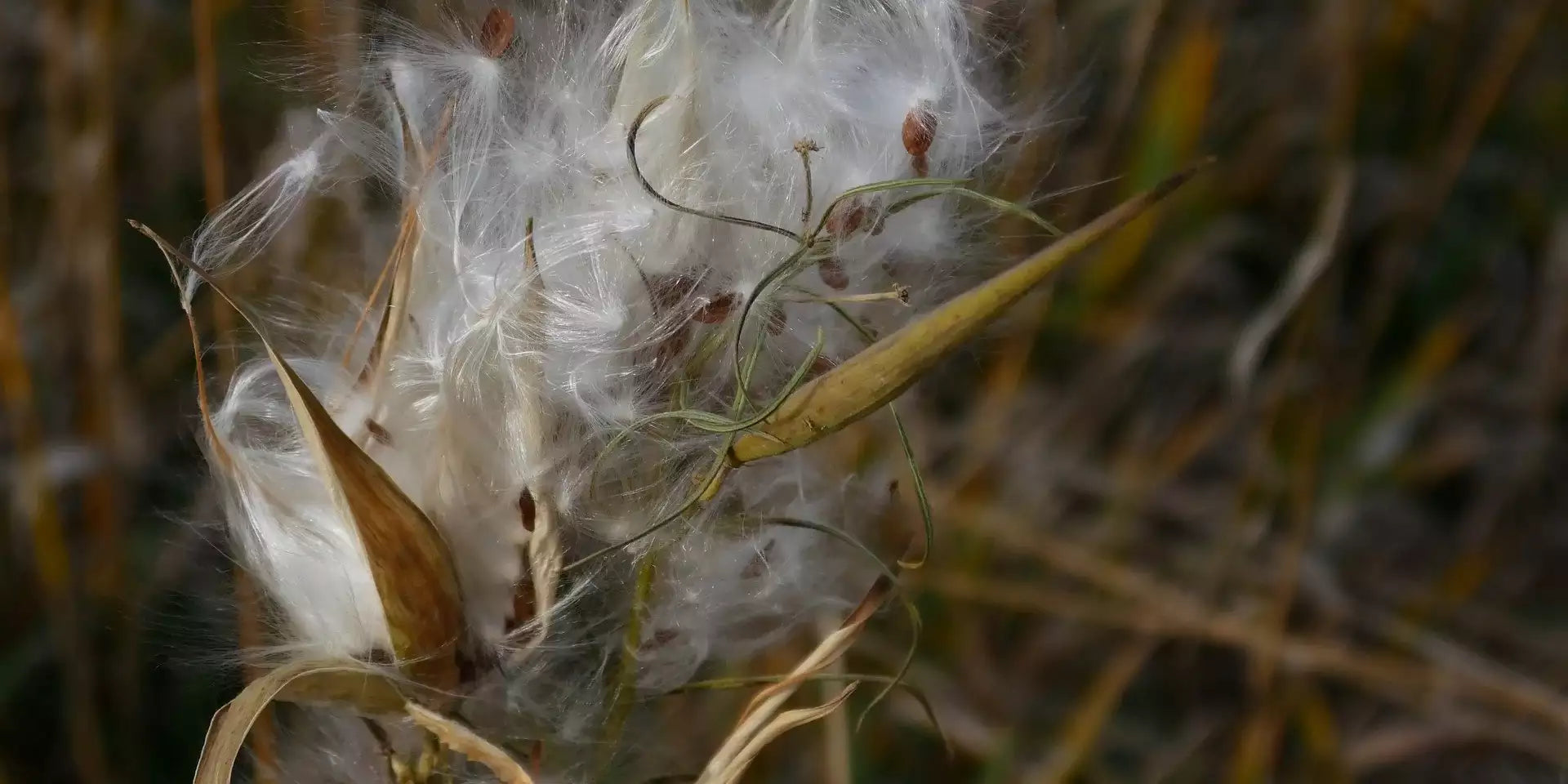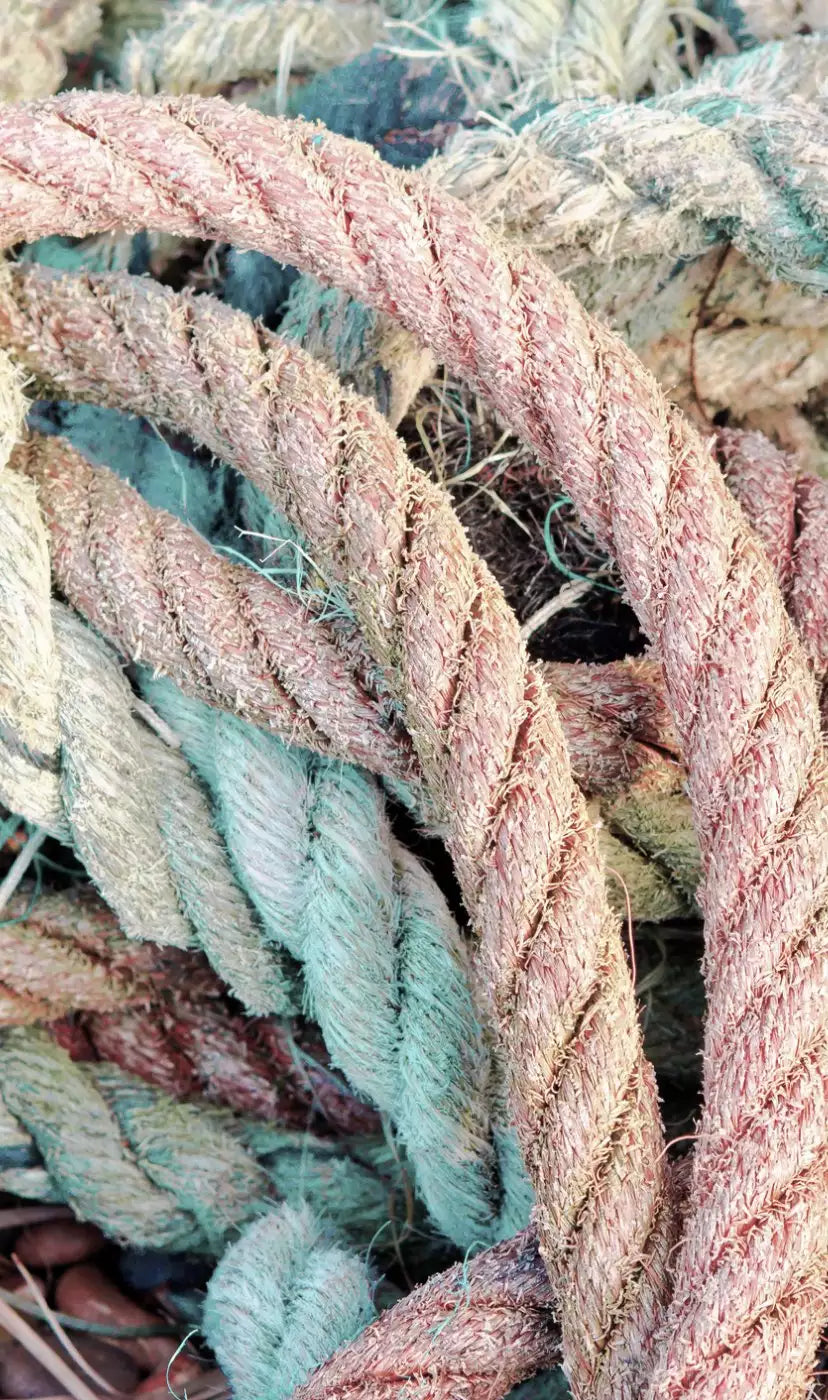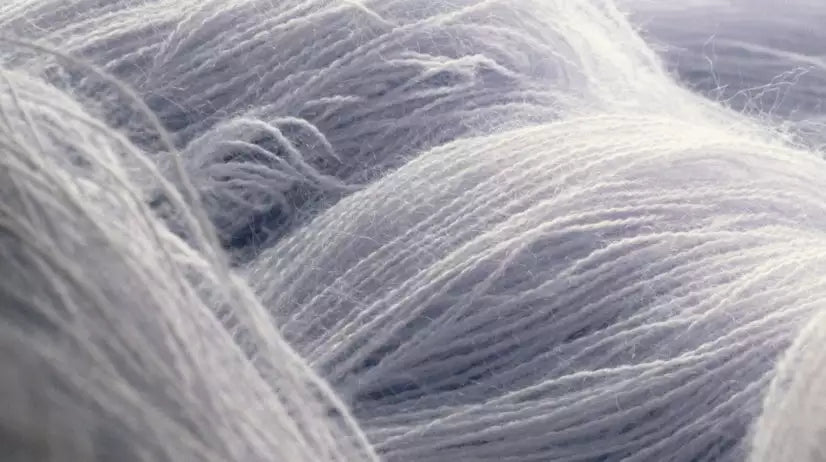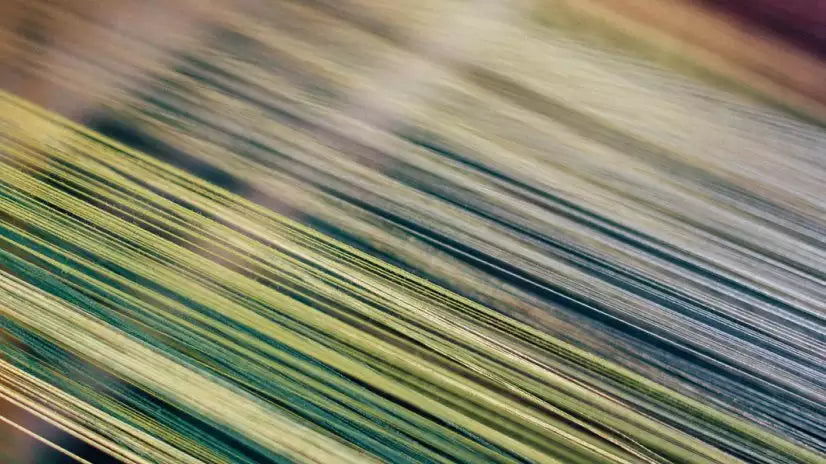
Our Planet

Our Planet

OUR RAW MATERIALS

OUR RAW MATERIALS
WHERE WE’RE AT


WHERE WE’RE GOING

OUR WASTE

WHERE WE’RE AT

WHERE WE’RE GOING

OUR CARBON FOOTPRINT

WHERE WE’RE AT

WHERE WE’RE GOING

WATER AND CHEMICALS

WHERE WE’RE AT



This site has limited support for your browser. We recommend switching to Edge, Chrome, Safari, or Firefox.
Spend $200 more for FREE shipping.FREE shipping will be applied at checkout
Sorry, looks like we don't have enough of this product.

We know that a sustainable future is the only future. And we’re on a journey to help create it. For our community. For our people. And for our planet.
How are we doing it? Read on...

We know that a sustainable future is the only future. And we’re on a journey to help create it. For our community. For our people. And for our planet.
How are we doing it? Read on...
It all starts with our raw materials. In 2021, our products made up 43% of our carbon footprint so we’re committed to using more recycled materials and sustainably sourced natural fibres. And we’re always pushing to do better.


It all starts with our raw materials. In 2021, our products made up 43% of our carbon footprint so we’re committed to using more recycled materials and sustainably sourced natural fibres. And we’re always pushing to do better.
From recycled fishing nets to natural yarns, we’re on a journey to create clothing that cares both for your body and the planet. So far:
In spring/summer 2022, 100% of our swimwear featured recycled materials.
We use organic and recycled cotton in many of our products. Including our super soft Italian fleeces, our After Class Sweatshirts and our Gary Luxe Fleece Pants.
Our Mindful range is made from Lenzing Modal, a responsibly sourced wood fibre. For every tree felled, Lenzing plants two more.
This is the start. But certainly not the end.


We are in the process of setting product category specific sustainability goals and in the meantime remain focused on sourcing either recycled or made from responsibly sourced natural fibres wherever we can.
Our transparency promise? We commit to 100% transparency on all fabric compositions.
From recycled fishing nets to natural yarns, we’re on a journey to create clothing that cares both for your body and the planet. So far:
In spring/summer 2022, 100% of our swimwear featured recycled materials.
We use organic and recycled cotton in many of our products. Including our super soft Italian fleeces, our After Class Sweatshirts and our Gary Luxe Fleece Pants.
Our Mindful range is made from Lenzing Modal, a responsibly sourced wood fibre. For every tree felled, Lenzing plants two more.
This is the start. But certainly not the end.


We are in the process of setting product category specific sustainability goals and in the meantime remain focused on sourcing either recycled or made from responsibly sourced natural fibres wherever we can.
Our transparency promise? We commit to 100% transparency on all fabric compositions.

Right now, only 1% of material used to make clothes is recycled into new clothes. And every second, one garbage truck of textiles gets thrown into landfill or an incinerator. (source: Ellen Macarthur Foundation, A New Textiles Economy: Redesigning Fashion’s Future, 2017) We’re taking a stand. And it starts with the 3 Rs: Reduce. Recycle. Reuse.

We’re on a mission to turn waste into something useful. From creating reusable packaging to recycle-your-leggings schemes, we’re giving new life to things that would otherwise be thrown away.
Through our initial recycling programs in the UK we’ve kept 40,000+ garments out of landfill since 2019.
We’re big on recycled materials. And you’ll find it in all the visual merchandising in our stores and on our product swing tags.
"
WE'VE KEPT 50,000+
GARMETS OUT OF LANDFILL SINCE 2019
"

We are in the process of setting product category specific sustainability goals and in the meantime remain focused on sourcing either recycled or made from responsibly sourced natural fibres wherever we can.
Our transparency promise? We commit to 100% transparency on all fabric compositions.

We’re on a mission to turn waste into something useful. From creating reusable packaging to recycle-your-leggings schemes, we’re giving new life to things that would otherwise be thrown away.
Through our initial recycling programs in the UK we’ve kept 40,000+ garments out of landfill since 2019.
We’re big on recycled materials. And you’ll find it in all the visual merchandising in our stores and on our product swing tags.
"
WE'VE KEPT 50,000+
GARMETS OUT OF LANDFILL SINCE 2019
"

We are in the process of setting product category specific sustainability goals and in the meantime remain focused on sourcing either recycled or made from responsibly sourced natural fibres wherever we can.
Our transparency promise? We commit to 100% transparency on all fabric compositions.

Climate change is impacting the world around us. As a global brand we want to be part of the solution, not the problem.

Over the last two years, we’ve taken important steps to reduce our carbon emissions.
Our owned and operated UK stores and our UK office now run on 100% renewable electricity.
We've rolled out LED lighting across our UK stores over the past two years. LED lighting lasts longer and uses less electricity than incandescent bulbs.

In 2020 we measured our total carbon footprint for both our own operations and our supply chain for the first time. Based on that, we set science-based reduction targets which have now been validated by the Science Based Target initiative (SBTi). These targets align with the Paris Climate Agreement to limit global warming to well-below 2°C above pre-industrial levels and pursue efforts to limit warming to 1.5°C.
We are committing to…
A 42% absolute reduction of greenhouse gas emissions in all the facilities we own and operate in by 2030. (2020 base year)
A reduction in scope 3 emissions from Sweaty Betty branded purchased goods and services, and upstream transportation and distribution 52% per unit value added by 2030 (against a 2020 baseline year).

Over the last two years, we’ve taken important steps to reduce our carbon emissions.
Our owned and operated UK stores and our UK office now run on 100% renewable electricity.
We've rolled out LED lighting across our UK stores over the past two years. LED lighting lasts longer and uses less electricity than incandescent bulbs.

In 2020 we measured our total carbon footprint for both our own operations and our supply chain for the first time. Based on that, we set science-based reduction targets which have now been validated by the Science Based Target initiative (SBTi). These targets align with the Paris Climate Agreement to limit global warming to well-below 2°C above pre-industrial levels and pursue efforts to limit warming to 1.5°C.
We are committing to…
A 42% absolute reduction of greenhouse gas emissions in all the facilities we own and operate in by 2030. (2020 base year)
A reduction in scope 3 emissions from Sweaty Betty branded purchased goods and services, and upstream transportation and distribution 52% per unit value added by 2030 (against a 2020 baseline year).

Textile manufacturing uses water at various stages of the process. We engage with our suppliers on areas relating to sustainability, which includes water use and chemicals, and our requirements are outlined in our latest Supply Chain Code of Conduct. We have recently assessed the sustainability practices of our suppliers and we will begin to collect data on this annually through a formal platform.

We work with textile manufacturers who use safe chemistry and water treatment practices.
We’re phasing out harmful finishes on our products such as Per fluorinated Compounds (PFCs). These are chemicals which have been used for many years because of their water repellent properties. We now know that these don’t break down and can be harmful to the environment.


Our annual supply chain sustainability assessments will help us identify any areas of risk. We aim to bring in innovative dyeing techniques and solutions to reduce water consumption.

We work with textile manufacturers who use safe chemistry and water treatment practices.
We’re phasing out harmful finishes on our products such as Per fluorinated Compounds (PFCs). These are chemicals which have been used for many years because of their water repellent properties. We now know that these don’t break down and can be harmful to the environment.


Our annual supply chain sustainability assessments will help us identify any areas of risk. We aim to bring in innovative dyeing techniques and solutions to reduce water consumption.